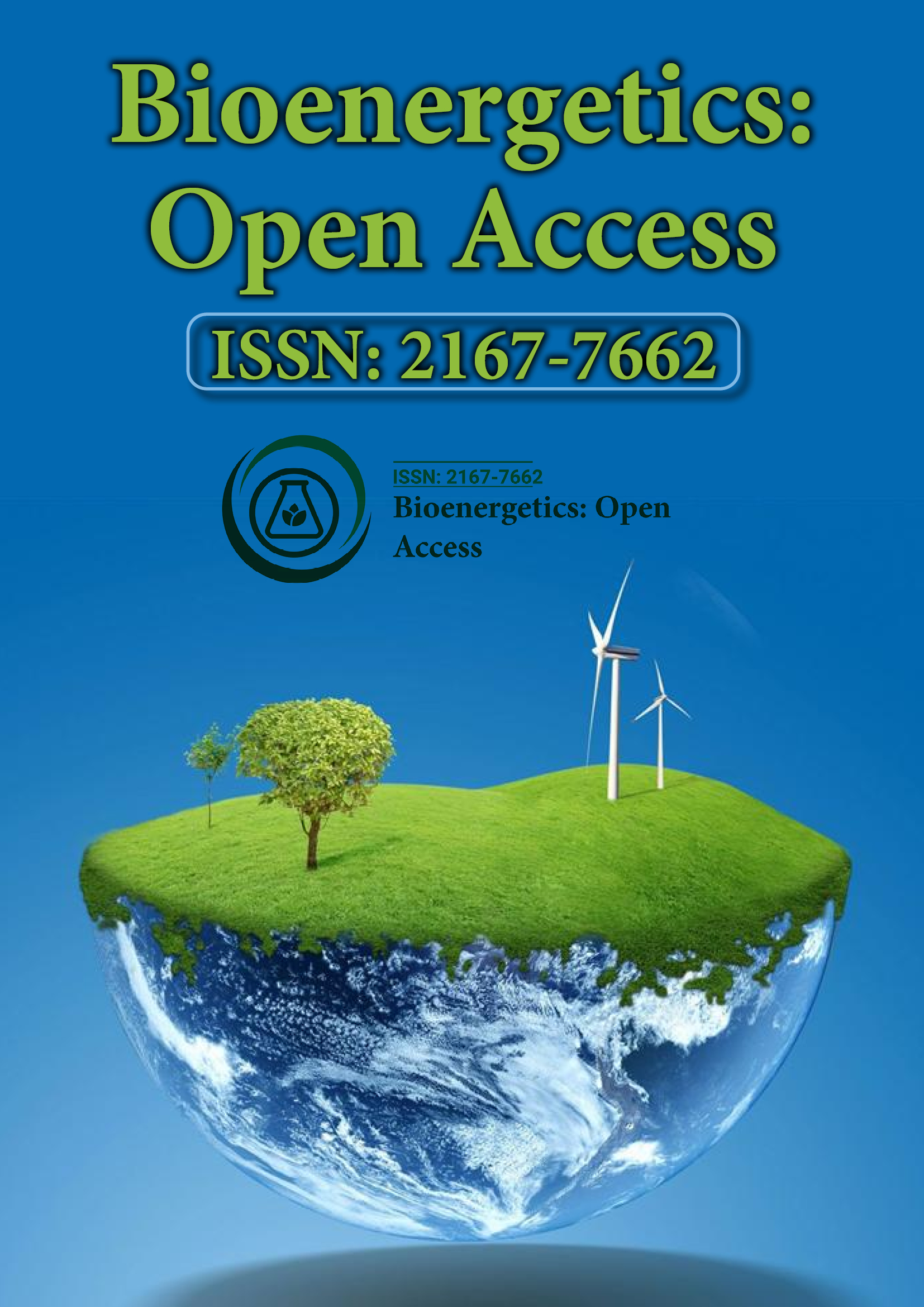Indexed In
- Open J Gate
- Genamics JournalSeek
- Academic Keys
- ResearchBible
- RefSeek
- Directory of Research Journal Indexing (DRJI)
- Hamdard University
- EBSCO A-Z
- OCLC- WorldCat
- Scholarsteer
- Publons
- Euro Pub
- Google Scholar
Useful Links
Share This Page
Journal Flyer

Open Access Journals
- Agri and Aquaculture
- Biochemistry
- Bioinformatics & Systems Biology
- Business & Management
- Chemistry
- Clinical Sciences
- Engineering
- Food & Nutrition
- General Science
- Genetics & Molecular Biology
- Immunology & Microbiology
- Medical Sciences
- Neuroscience & Psychology
- Nursing & Health Care
- Pharmaceutical Sciences
Opinion Article - (2024) Volume 12, Issue 4
Advancing Bioenergetic Research in Biomineralization with Antibody-Functionalized AFM Imaging
James Miller*Received: 29-Nov-2024, Manuscript No. BEG-24-28110; Editor assigned: 02-Dec-2024, Pre QC No. BEG-24-28110 (PQ); Reviewed: 16-Dec-2024, QC No. BEG-24-28110; Revised: 23-Dec-2024, Manuscript No. BEG-24-28110 (R); Published: 30-Dec-2024, DOI: 10.35248/2167-7662.24.12.281
Description
The exploration of molecular recognition imaging using antibody-functionalized Atomic Force Microscopy (AFM) tips represents a novel and innovative technique for studying biomineral skeletal proteins. This approach, which combines the high-resolution capabilities of AFM with the specificity of molecular recognition, provides significant potential in advancing our understanding of bioenergetic processes in biomineralization. Biomineralization, the process by which living organisms form inorganic mineral structures such as bones, teeth and shells, is a critical aspect of biological systems and understanding the proteins involved is essential for revealing the fundamental biochemical and biophysical mechanisms. By mapping these proteins in situ, particularly those that play a role in bioenergetic functions, researchers are positioned to discover new insights into energy transfer, cellular interactions and material properties at the nanoscale.
The development of molecular recognition imaging with antibody-functionalized AFM tips represents a leap forward in imaging technology. AFM, known for its ability to provide highresolution topographical images of biological samples, can be improved by functionalizing the tips with antibodies that specifically bind to target biomolecules. This method allows researchers to visualize the distribution and interactions of biomineral skeletal proteins at unprecedented spatial resolution, making it possible to probe protein functions in the context of their native biological environment. The precision and sensitivity of this imaging technique open up new methods for understanding the role of specific proteins in bioenergetics, particularly in the context of biomineralization processes.
Bioenergetics plays an important role in the formation and maintenance of biominerals. Skeletal proteins, such as collagens, non-collagenous proteins and enzymes, are involved in the nucleation, growth and remodeling of mineralized structures. These proteins often operate in conjunction with metabolic processes that require energy, both in the form of ATP and other bioenergetic molecules. For example, the enzyme alkaline phosphatase, which is involved in mineralization, depends on ATP hydrolysis to catalyze the formation of inorganic phosphate groups, a fundamental component of biomineralization. By mapping these proteins in situ, researchers can gain a deeper understanding of how bioenergetic pathways are linked to the formation of mineralized structures and how disruptions in these processes may lead to diseases such as osteoporosis or enamel defects.
The in situ mapping of biomineral skeletal proteins with antibody-functionalized AFM tips allows for the visualization of the distribution and localization of these proteins within the mineralized tissue. This information is essential for understanding how the arrangement and interaction of proteins contribute to the mechanical properties and stability of the biomineral. Additionally, this technique can reveal the dynamic nature of these proteins as they interact with other biomolecules during the mineralization process, providing insights into the role of bioenergetic factors in tissue development and maintenance. For example, the local concentration of ATP and other metabolites in specific regions of the mineralized matrix may influence the rate and pattern of mineral deposition, affecting the overall strength and durability of the structure.
Beyond basic biology, this technique also has potential applications in the field of bioengineering and materials science. By gaining a better understanding of how biomineral skeletal proteins organize and mineralize, researchers can develop new materials that replicate the properties of natural bone, teeth and shells. These bio-inspired materials could have wide-ranging applications in medicine, such as in the development of artificial bones or dental implants, where bioenergetic principles could be used to enhance the biocompatibility and durability of synthetic materials. Furthermore, understanding the precise molecular interactions involved in biomineralization could lead to the development of novel strategies for controlling mineral growth and promoting healing in damaged tissues.
From a bioenergetics perspective, the in situ mapping of biomineral skeletal proteins provides the opportunity to study how energy is harnessed and utilized during the formation of mineralized tissues. The regulation of protein activity, particularly in the context of enzymatic processes like those involved in bone mineralization, is often tied to energy balance within the cell. By using molecular recognition imaging, researchers can probe the spatial distribution of energy-related molecules such as ATP, NADH and coenzymes, in conjunction with skeletal proteins. This combined approach could reveal how the local energy environment affects protein function and mineral deposition, providing valuable insights into the metabolic control of biomineralization.
In conclusion, the potential of in situ molecular recognition imaging with antibody-functionalized AFM tips to advance our understanding of biomineralization and bioenergetics is substantial. This technique provides the possibility to study the complex relationships between proteins, energy and mineral formation at the nanoscale, providing new insights into both fundamental biology and the development of novel materials. As this technology continues to evolve, it may create the path for new therapeutic strategies in regenerative medicine and materials science, as well as a deeper understanding of the metabolic pathways that control the formation of essential biomineralized structures in living organisms.
Citation: Miller J (2024). Advancing Bioenergetic Research in Biomineralization with Antibody-Functionalized AFM Imaging. J Bio Energetics. 12:281.
Copyright: © 2024 Miller J. This is an open access article distributed under the terms of the Creative Commons Attribution License, which permits unrestricted use, distribution, and reproduction in any medium, provided the original author and source are credited.
